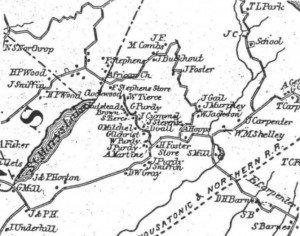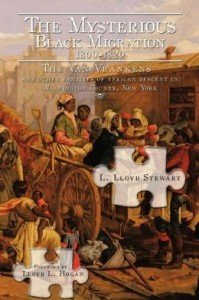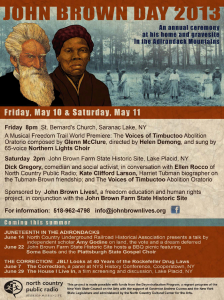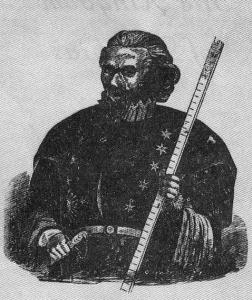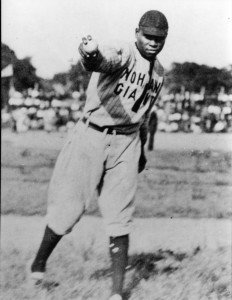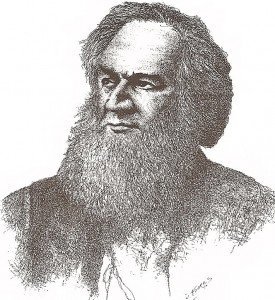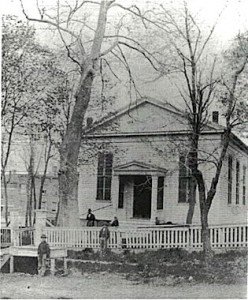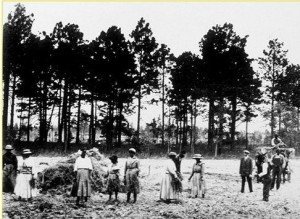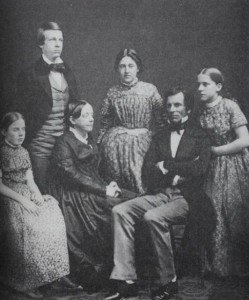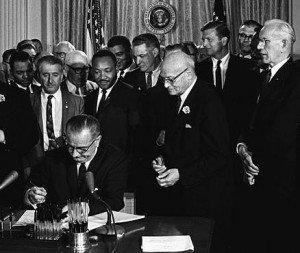 Women’s Rights National Historical Park will offer a special program and kick-off event “1964 Civil Rights Act Revisited” with park ranger Jamie Wolfe and volunteer Harlene Gilbert on June 22 at 11:00 AM in the Wesleyan Chapel.
Women’s Rights National Historical Park will offer a special program and kick-off event “1964 Civil Rights Act Revisited” with park ranger Jamie Wolfe and volunteer Harlene Gilbert on June 22 at 11:00 AM in the Wesleyan Chapel.
In recognition of the 50th Anniversary of the 1964 Civil Rights Act, Women’s Rights National Historical Park will sponsor a year-long series of programs titled “Keep the Dream Alive” Events. The kick-off program will correspond with the introduction of the most prominent civil rights legislation since Reconstruction. Read more
